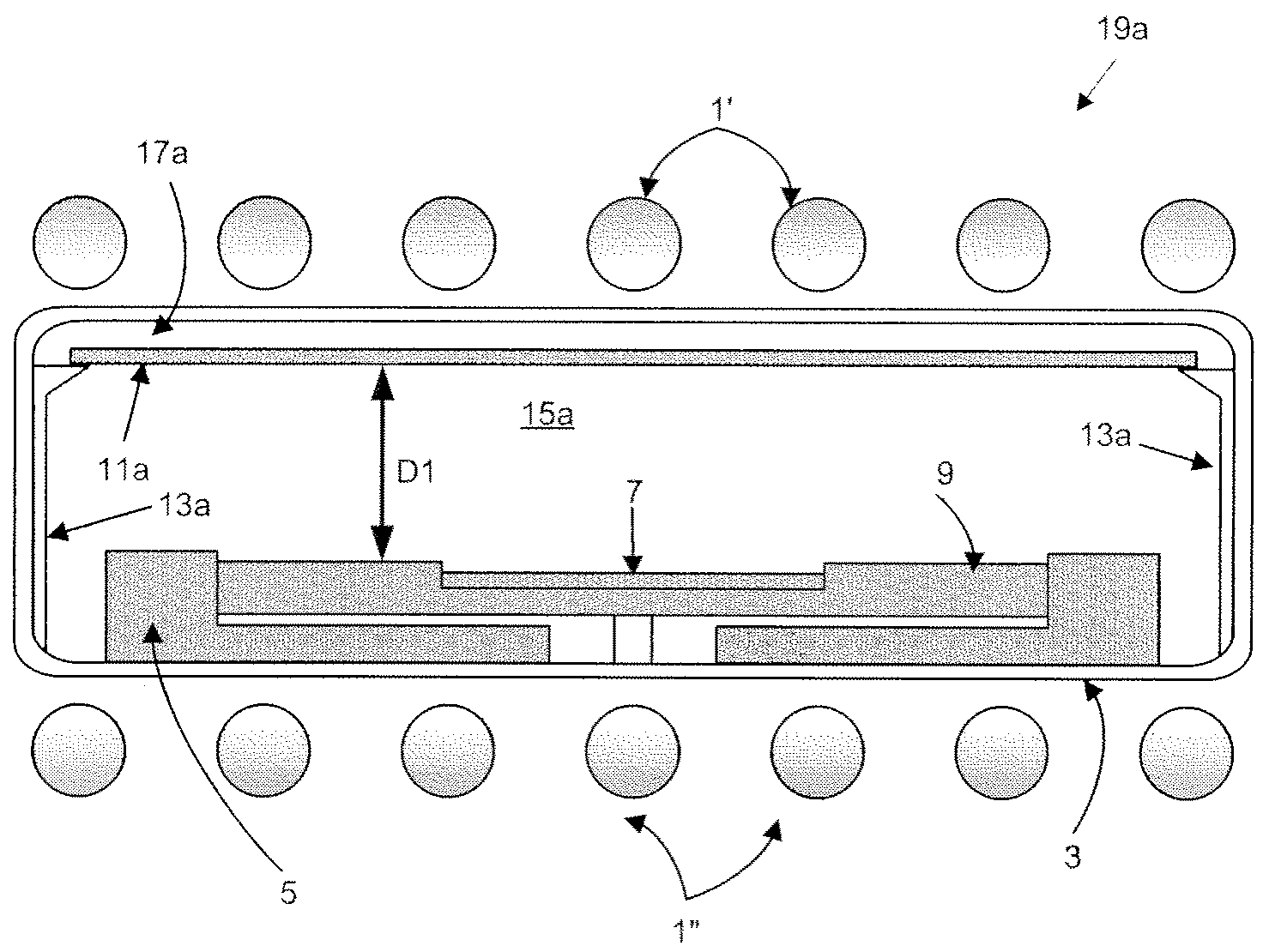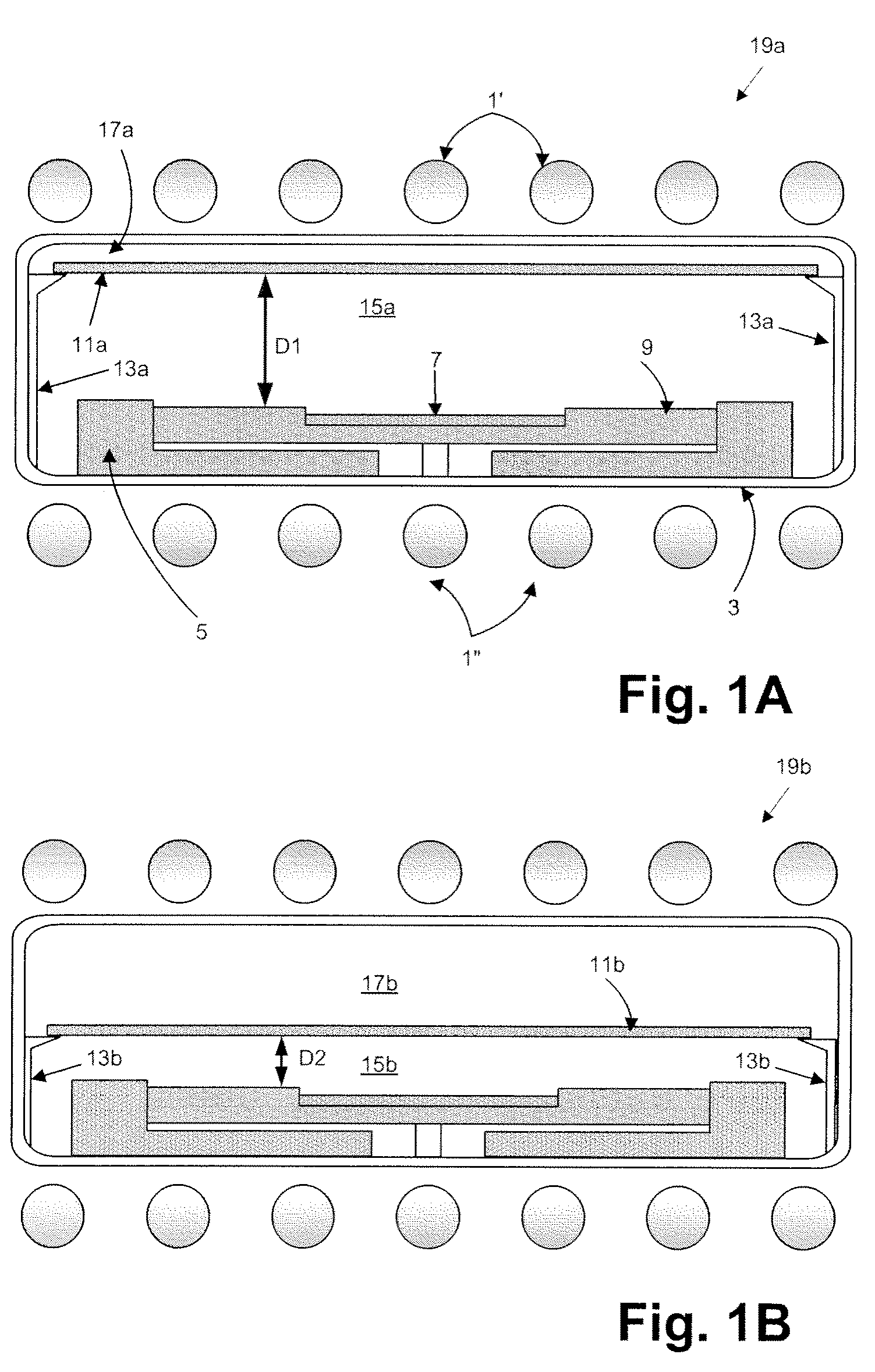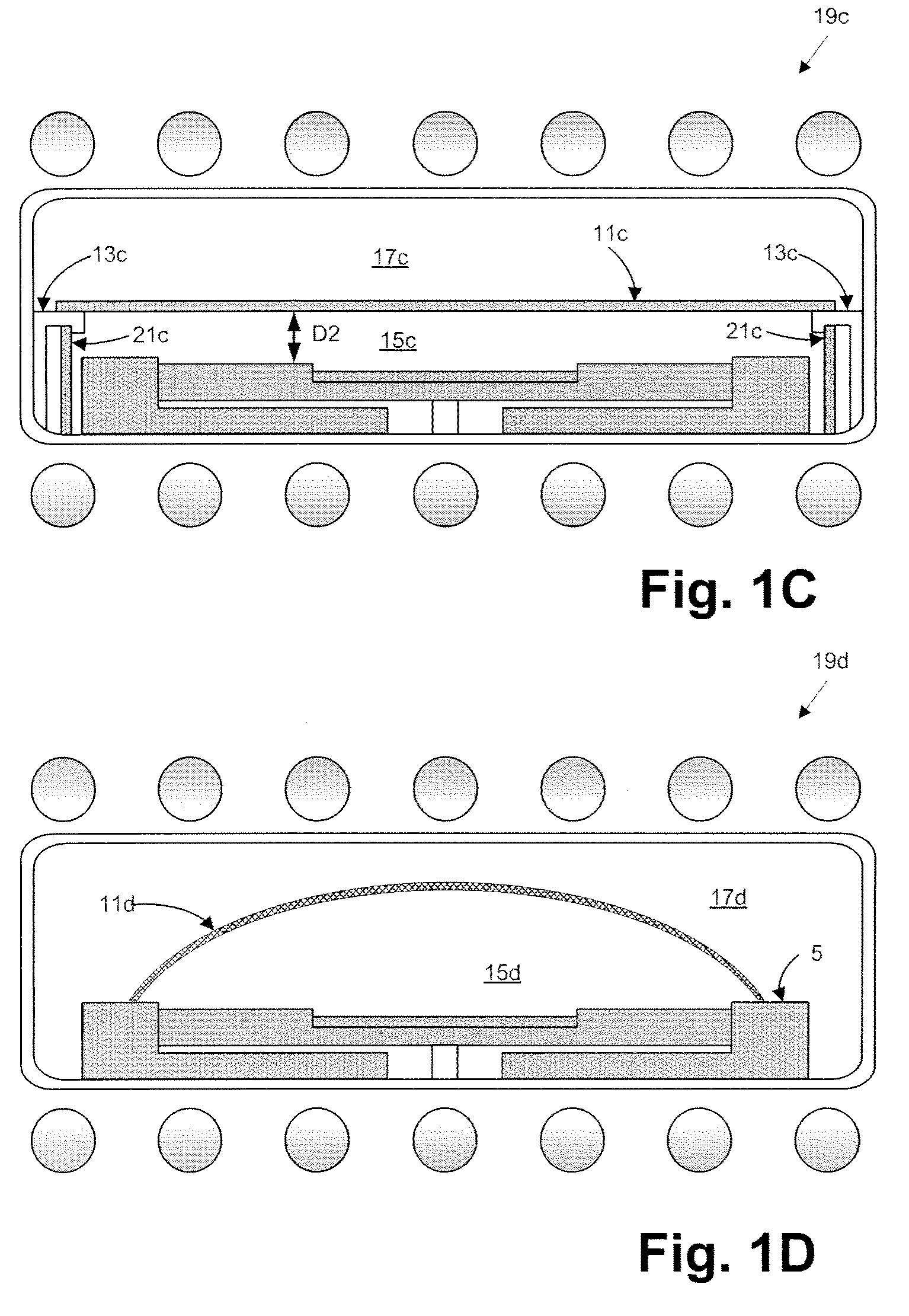Thermalization of gaseous precursors in CVD reactors
a gaseous precursor and cvd technology, applied in the direction of chemically reactive gases, crystal growth process, coatings, etc., can solve the problems of inability to rapidly react, large fractions of inadequately thermalized precursor gases can be simply wasted, and the waste of inadequately thermalized precursors can be greater, so as to improve the efficiency of the intended growth reaction, improve the thermalization of process gases, and reduce the efficiency of unintended reactions
- Summary
- Abstract
- Description
- Claims
- Application Information
AI Technical Summary
Benefits of technology
Problems solved by technology
Method used
Image
Examples
Embodiment Construction
[0038]In the following, the invention is described largely in terms of preferred embodiments useful in cold-wall CVD reactors heated with radiant heating elements, e.g., IR heating lamps, and having walls substantially transparent to radiated energy, e.g., comprising quartz. It should be understood that these preferred embodiments are not limiting, and as described above, this invention is useful on other types of CVD reactors with other types of heat sources. Provided first is a general description of such embodiments, which is followed by descriptions of exemplary embodiments illustrating particular features of the invention.
[0039]The term “substantially” as used throughout this application is to be understood as referring to relevant standard manufacturing tolerances and to other relevant commercially-reasonable standards. For example, a “substantially” planar surface of B4C is a surface that is planar within standard manufacturing tolerances, the tolerances being adequate to ins...
PUM
| Property | Measurement | Unit |
|---|---|---|
| temperature | aaaaa | aaaaa |
| temperatures | aaaaa | aaaaa |
| melting point | aaaaa | aaaaa |
Abstract
Description
Claims
Application Information
 Login to View More
Login to View More - R&D
- Intellectual Property
- Life Sciences
- Materials
- Tech Scout
- Unparalleled Data Quality
- Higher Quality Content
- 60% Fewer Hallucinations
Browse by: Latest US Patents, China's latest patents, Technical Efficacy Thesaurus, Application Domain, Technology Topic, Popular Technical Reports.
© 2025 PatSnap. All rights reserved.Legal|Privacy policy|Modern Slavery Act Transparency Statement|Sitemap|About US| Contact US: help@patsnap.com



